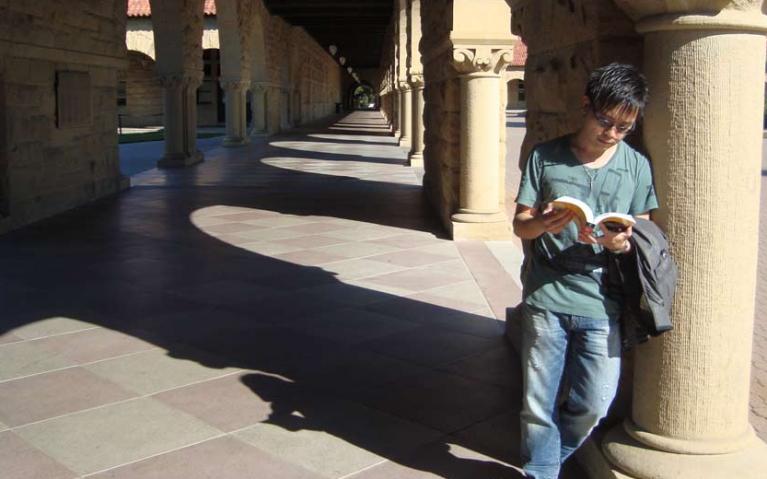Volumetric image-based supervised learning approaches for kidney cancer detection and analysis (2020)
Kidney cancers account for an estimated 140,000 global deaths annually. According to the Canadian Cancer Society, an estimated 6,600 Canadians were diagnosed with kidney cancer, and 1,900 Canadians died from it in 2017. Computed tomography (CT) imaging plays a vital role in kidney cancer detection, prognosis, and treatment response assessment. Automated CT-based cancer analysis is benefiting from unprecedented advancements in machine learning techniques and wide availability of high-performance computers.Typically, kidney cancer analysis requires a challenging pipeline of (a) kidney localization in the CT scan and general assessment of kidney functionality, (b) tumor detection within the kidney, and (c) cancer analysis.In this thesis, we developed deep learning techniques for automatic kidney localization, segmentation-free volume estimation, cancer detection, as well as CT features-based gene mutation detection, renal cell carcinoma (RCC) grading, and staging. Our convolutional neural network (CNN)-based kidney localization approach produces a kidney bounding box in CT, while our CNN-based direct kidney volume estimation approach skips the intermediate segmentation step that is often used for volume estimation at the cost of additional computational overhead. We also proposed a novel collage CNN technique to detect pathological kidneys, where we introduced a unique image augmentation procedure within a multiple instance learning framework. We further proposed a multiple instance decision aggregated CNN approach for automatic detection of gene mutations and a learnable image histogram-based deep neural network (ImHistNet) approach for RCC grading and staging. These approaches could be alternatives to renal biopsy-based whole-genome sequencing, RCC grading, and staging, respectively.Our automatic kidney localization approach reduced the mean kidney boundary localization error to 2.19 mm, which is 23% better than that of recent literature. We also achieved a mean total kidney volume estimation accuracy of 95.2%. Further, we showed a pathological vs. healthy kidney classification accuracy of 98% using our novel collage CNN approach. In our kidney cancer analysis works, our multiple-instance CNN demonstrated an approximately 94% accuracy in kidney-wise mutation detection. Also, our novel ImHistNet demonstrated 80% and 83% accuracies in RCC grading and staging, respectively.
View record



